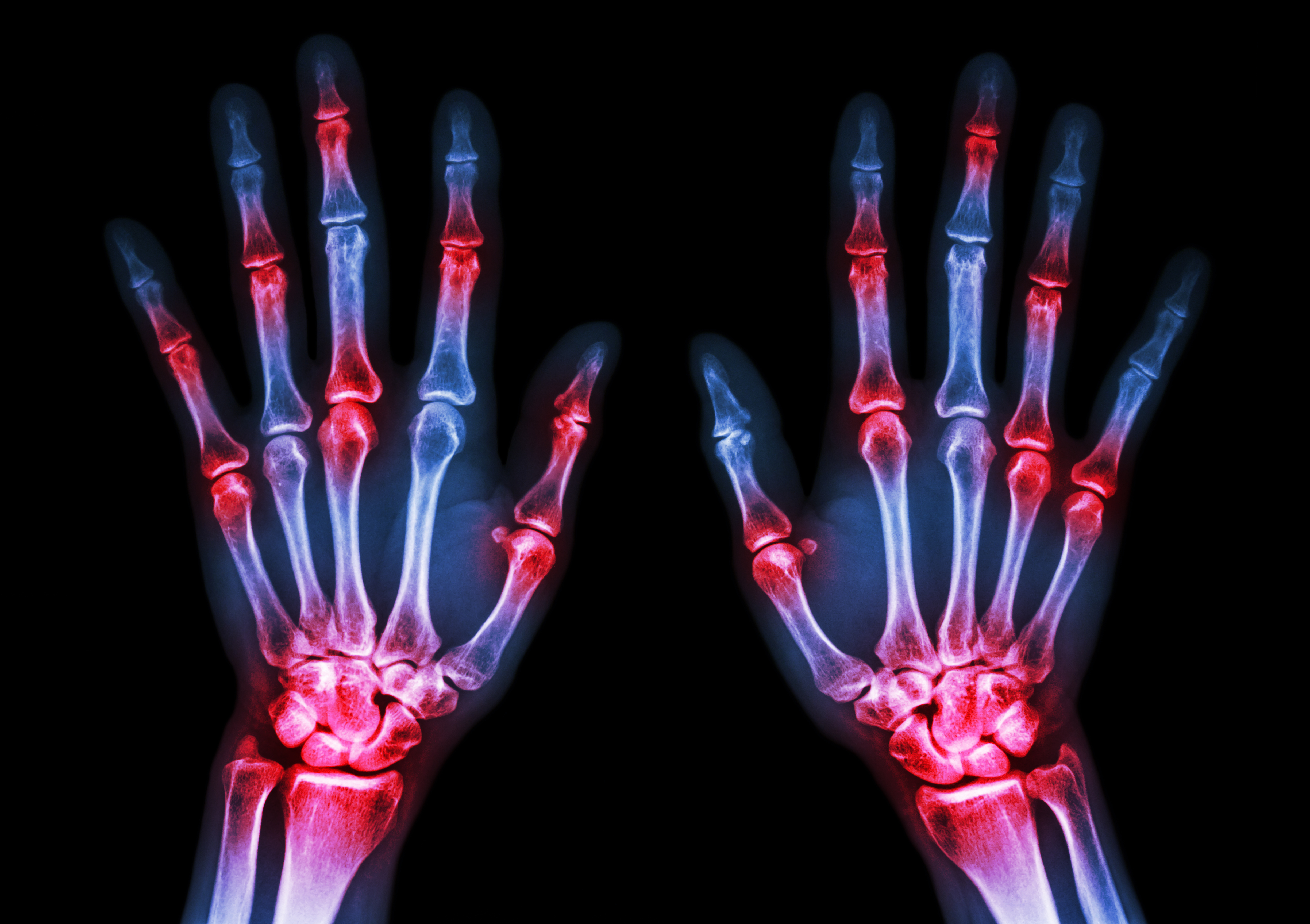Screening Rheumatoid Arthritis Patients for PAH May Be Relevant

Rheumatoid arthritis patients may be at greater risk for pulmonary arterial hypertension (PAH), and noninvasive screenings for PAH could identify the risk, offering a chance for treatment at early stages, according to recent findings from the University of Newcastle in Australia.
The link between PAH and systemic sclerosis has long been accepted, but research has only begun to show that other autoimmune conditions might also pose increased risk for PAH. In recent years, patients with systemic lupus erythematosus and Sjögren’s syndrome have been among those recommended for PAH screenings.
While rheumatoid arthritis naturally displays common features as other autoimmune diseases, studies to date that have explored a connection to PAH have reached differing conclusions – with some studies finding no link at all.
In the study “SAPHIRE: Stress and Pulmonary Hypertension in Rheumatoid Evaluation—A Prevalence Study,” published in the International Journal of Rheumatology, 80 patients with rheumatoid arthritis were screened. Women made up 80% of study subjects.
The Stress Associated Pulmonary Hypertension in Rheumatoid Evaluation (SAPHIRE), is study using stress echocardiography to screen rheumatoid arthritis patients for evidence of PAH. It uses stress associated peak systolic pulmonary artery pressure (PASP) as a measure proven more sensitive in previous screening studies of people with risk of PAH.
The research team also analyzed World Health Organization functional class, shortness of breath, performance in the six-minute walk test, and lung function.
To exclude the possibility that the high arterial pressure was a consequence of lung tissue or thrombotic problems, researchers performed chest X-rays and ventilation-perfusion scanning – measuring air and blood flow in the lungs – on all individuals with elevated PASP. They excluded Group 2 pulmonary hypertension by measuring left ventricular function.
Based on echocardiography measures, 14% of the patients were diagnosed with PAH. Patients in the group had higher PASP values at rest and after exercise.
While all patients with elevated arterial pressure were offered right heart catheterization, only six individuals agreed to perform the invasive procedure and two of those were diagnosed with PAH. Higher PASP values at rest were also linked to lower performance on the six-minute walk test and poor lung function.
More research using right heart catheterization to confirm PAH diagnosis, is still needed to confirm the rates of PAH found in the recent study.
Because PAH often becomes symptomatic only in advanced disease stages when a prognosis is typically poor, the study indicates that screening might be justified for patients with rheumatoid arthritis in order to glean earlier indications of PAH onset.







